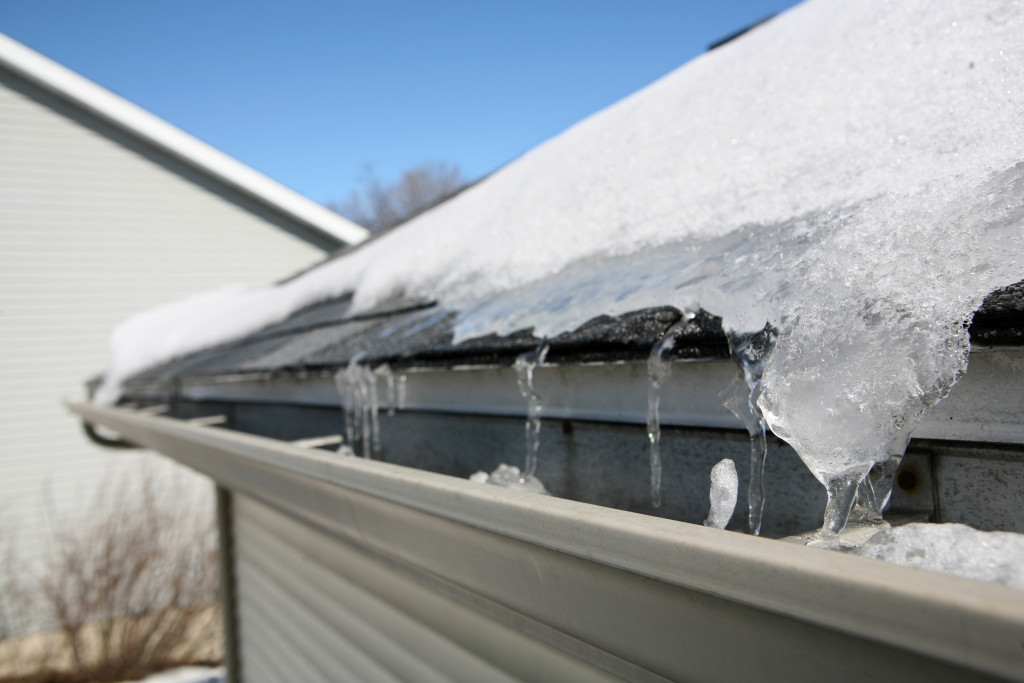As temperatures drop and winter sets in, ensuring your home is well-insulated against the cold is essential. Many people turn up the heating to stay warm, but this can be expensive and may not be the most environmentally friendly option. Luckily, there are several other ways to keep your home warm and toasty this winter without breaking the bank.
Here are a few tips to keep your home warm and toasty all season long.
1. Invest in quality window coverings.
Curtains and blinds can do wonders for keeping out drafts and heat loss. Heavy, lined curtains are best for windows that get a lot of sun during the day, as they can help keep rooms cool in the summer and insulate against heat loss at night. Thermal blinds are a good option for windows that aren’t exposed to direct sunlight.
You can also have your windows professionally insulated. This is a more expensive option, but it can make a big difference in keeping your home warm. Double-glazed windows are particularly good at trapping heat. They work by having two layers of glass with a layer of air or gas in between. The gas acts as an insulator, preventing heat from escaping through the window.
2. Don’t forget about doors.
Draft stoppers are an easy and inexpensive way to keep heat from escaping through gaps around doors. Weatherstripping or door snakes can also be adequate if you have particularly drafty doors. But you don’t need to spend money to keep the heat in. Simply hanging a heavy towel or blanket over the door can help block drafts.
You should check all doors around the house for air leaks. One of the most common places for heat to escape is around the garage door. If you have an attached garage, ensure the door between your garage and house is well-sealed. You may also consider investing in an insulated garage door to reduce heat loss.
3. Close off unused rooms.
If you have rooms you don’t often use, close the doors to help contain the heat in the rest of the house. These empty rooms can act as a sort of buffer against the cold. By keeping the doors closed, you’ll be able to keep the heat where you want it and use less energy overall.
Make sure any vents in unused rooms are closed as well. This will help to prevent heat from escaping through the vents. You can also close the vents in rooms you use less often, such as guest bedrooms or formal living rooms. Don’t close off too many vents, though, as this can strain your heating system.
4. Seal up any cracks or holes in your walls.
Use caulk or expanding foam to seal up any cracks or holes in your external walls, around window frames, and anywhere else air might be able to sneak through. This will help prevent heat loss and drafts. You can also use weatherstripping around doors and windows to further reduce drafts.
You should check for air leaks around your home regularly and seal up any new ones. This is especially important in older homes, which tend to have more cracks and gaps. Look for signs of drafts, such as cold spots near windows and doors. If they are too big to seal up, you may need to replace the windows or doors.

5. Insulate your attic.
Heat rises, so it’s essential to ensure your attic is well-insulated to prevent heat loss through the roof. If you don’t have enough insulation in your attic, you may want to add more or consider investing in a radiant barrier (a material that reflects heat). Many attics also have air leaks, so seal any cracks or gaps you find.
You can also insulate your walls to reduce heat loss further. This is a more complex project, so you may need to hire a professional. It would help if you also ensured that any attic vents are properly sealed to prevent heat from escaping.
6. Get a smart thermostat.
A programmable thermostat allows you to save more on your energy bills by adjusting the temperature automatically when you’re not home. Smart thermostats are even more advanced, allowing you to control your home’s temperature from your phone or tablet, no matter where you are.
Although they cost more upfront, smart thermostats can save you money in the long run by helping you to control your energy use better. You can set them to automatically turn down the heat when you’re not home or asleep, and they can even learn your habits over time to further optimize your energy use.
Following these tips can help you stay warm and comfortable all winter long without spending a fortune on heating bills. Many of these tips are easy and inexpensive to do, so there’s no excuse not to start making your home more energy-efficient today. Just a few simple changes can make a big difference in how much heat your home retains.







